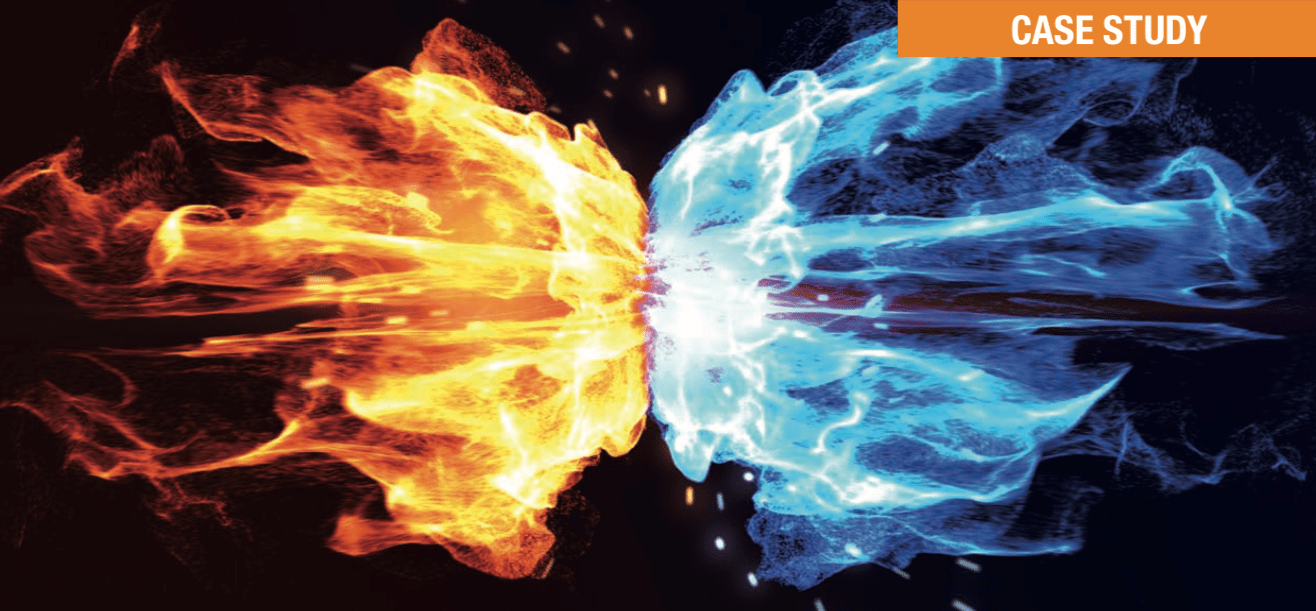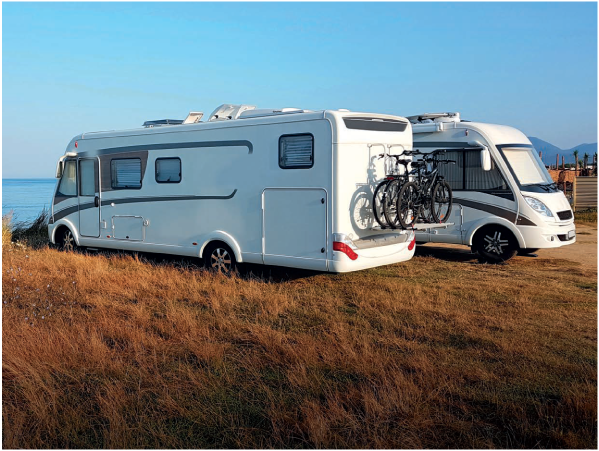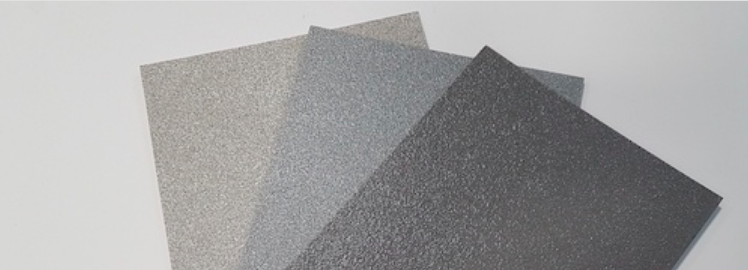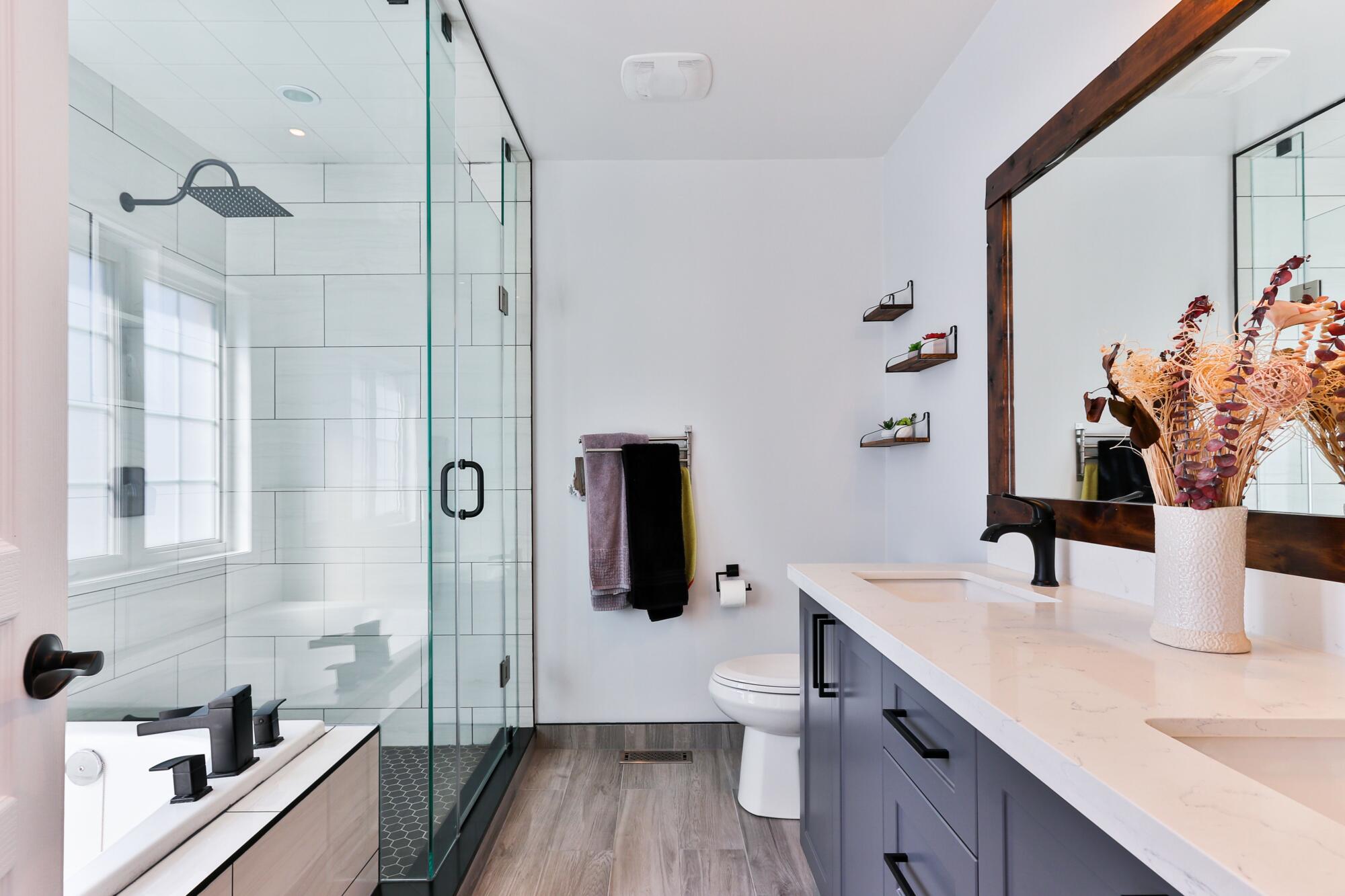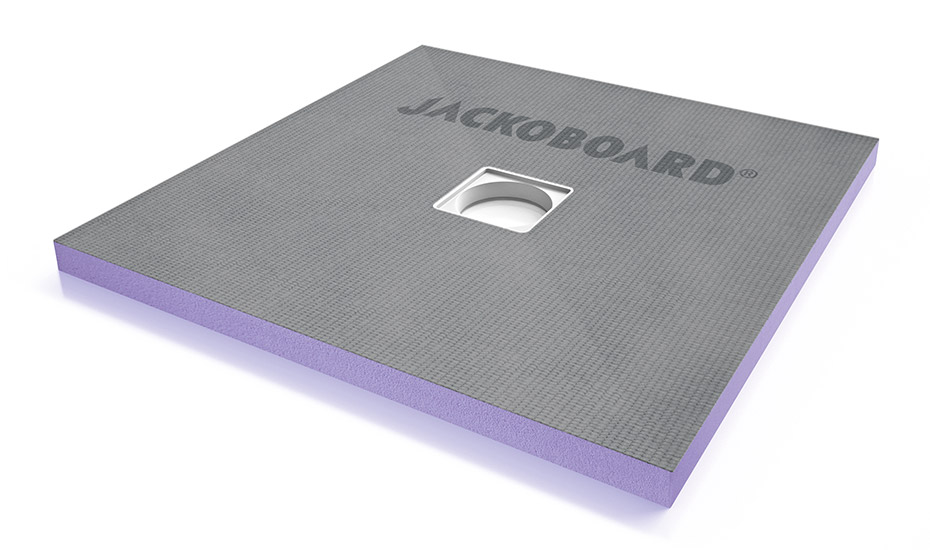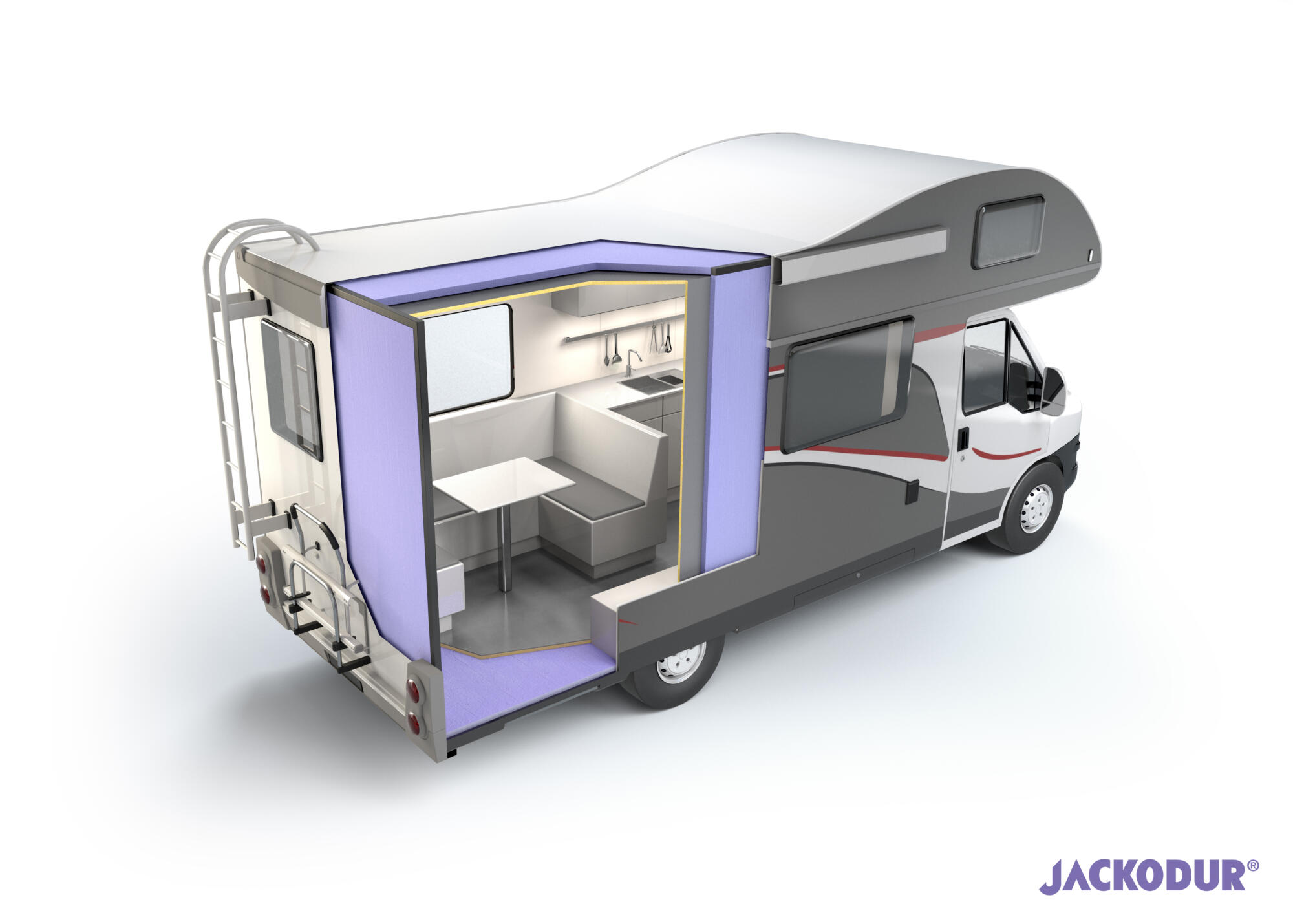A detailed look at composite sandwich panels
Sandwich panels are important components in the construction of modern commercial vehicles and recreational vehicles. They get their name from the use of layers (hence the term “sandwich”).
The use of these panels reduces production costs and offers greater design flexibility for vehicle manufacturers. Sandwich panels are lightweight while offering high mechanical strength and load-bearing structural properties. This enables greater fuel efficiency, thereby reducing operating costs.
With the right core materials, sandwich panels can also have outstanding thermal efficiency. This combination of lightweight construction and high performance insulation makes sandwich panels an ideal choice for constructing truck bodies, semi-trailers, caravans and motorhomes.
What is a Sandwich Panel Exactly?
Like a sandwich you eat, sandwich panels consist of two facings and a core but can also contain other intermediate layers and reinforcements. Sandwich panels are fabricated by attaching two thin, strong, and stiff skins with a lightweight and relatively thick core between them. Sandwich panels can be made from a wide variety of materials and also allow different materials to be combined.
The core usually consists of a lightweight plastic foam which provides the insulation properties. Sandwich structured composites are a special class of materials with key features such as low weight, high stiffness and high strength. A composite sandwich panel has enormous mechanical advantages – the facings absorb traction and compression forces while the core material resists shear and thrust forces.
Key Components of a Sandwich Panel
Each part in a sandwich panel has its particular function and is described below.
-
Faces
The faces carry the tensile and compressive stresses in the sandwich. The local flexural rigidity is so small it can often be ignored.
-
Core
The core’s function is to support the thin skins so that they do not buckle and to keep them in relative position to each other. To accomplish this, the core must have several important characteristics. It has to be stiff enough to keep the distance between the face’s constant. It must also be so rigid in shear that the faces do not slide over each other. The shear rigidity forces the faces to cooperate with each other. If the core is weak in shear, the faces do not cooperate, and the sandwich will lose its stiffness.
It is the sandwich structure as a whole that makes this type of panel so beneficial. However, the core has to fulfil the most complex demands. Strength in different directions and low density are not the only properties that the core has to have. Often there are special demands for buckling, insulation, absorption of moisture, ageing resistance, etc.
-
Adhesive (bonding layer)
To keep the faces and the core cooperating with each other, the adhesive between the faces and the core must be able to withstand and transfer the shear forces between them. The adhesive must be able to carry both shear and tensile stresses. It is hard to specify what kind of demands an adhesive needs to meet. A simple rule is that the adhesive should be able to withstand the same shear stress as the core.
Key Components of a Sandwich Panel
The idea of sandwich construction dates back to the 19th century. However, the technique came into wide use during the 20th century, largely in response to the demands of the aerospace industry to optimise strength-to-weight ratio.
Today, automated methods of production and a much larger selection of facing materials, cores and adhesives have permitted the production of composite sandwich panels that can be tailored to meet a vast range of requirements in diverse fields of application.
Key Benefits of Sandwich Panels
It’s been long understood that two materials with a lighter material in between them increases the stiffness and strength of a structure while keeping weight and costs low. It also allows for greater freedom of design. In transportation, lower weight enables higher payloads.
Rising fuel costs and increasing awareness about the importance of environmentally-friendly solutions has meant innovative construction methods like sandwich panels are becoming more popular for structural design. Every kilo saved in the construction of any vehicle, whether a truck, semi-trailer, caravan or motorhome, results in less energy needed over its lifetime.
Economical Benefits of Using Sandwich Panels
Industries in many segments are realising that using sandwich panels is not only good for the environment and energy efficiency of the end product, but that it also costs less to design with lightweight solutions. Using lightweight materials means you can:
- Lower energy expenditure while building the vehicle
- More efficient transportation of materials to the production facilities
- Load more per shipment
- Use lighter equipment in the assembly line.
A lighter vehicle means less energy is used everyday moving people or materials. Over a typical 25 year lifetime of a vehicle, the energy savings are significant.
Sandwich Panels are Similar to I-Beams
Sandwich panels are comparable to an endless I-beam in the sense that when subjected to bending, the flanges carry in-plane compression and tension loads while the web carries shear loads. In a sandwich panel, the sandwich skins or laminates are like the flanges while the core is like the web. Like an I-beam, when the skins are further apart, the structure gains more proportional stiffness. A thicker core achieves the same, but it also provides an overall low density, resulting in a high stiffness-to-weight ratio.
Incredibly, the weight savings with using a sandwich design can be close to 90%. Sandwich construction also offers the additional benefits of high thermal insulation, acoustic dampening, non-corrosiveness and increased impact resistance. Like other beams and panels, the stiffness is closely related to thickness. One of the big differences between designs with conventional materials and a sandwich composite solution is the small weight penalty for increased thickness yields.
Materials Used to Construct Sandwich Panels
Common face materials include fibreglass, aluminium, and steel, while common core materials are extruded polystyrene XPS, polyurethane PU, polyethylene terephthalate PET, and polyvinyl chloride PVC foams. These materials and material combinations each have their own market share and individual advantages from low cost to thermal insulation, fire retardancy, low smoke emission, ease of machining, ease of forming, etc.
When constructing sandwich panels, it is important to identify the mechanical stresses likely to occur during operation of the vehicle. For example:
- How great are the continuous loads such as empty weight and payloads?
- What sporadic and dynamic forces – such as wind – need to be considered?
- Will these loads produce bending forces once the panels are built into a truck body, semi-trailer, caravan or motorhome?
- Are there any shear forces affecting the core or are particular loads to be expected in the facings which could cause buckling and cracking?
The selection of components for a sandwich panel involves consideration of the application and its performance requirements, chemical compatibility and cost.
The Advantage of Composite Materials
The sandwich design is already a great way of reducing weight while having a high strength-to-weight ratio and energy absorption abilities. The use of composite panel makes the design even more advantageous as they offer at least the same or even higher level of strength as aluminium alloy or steel but with a greater level of stiffness.
At Liner, we’re dedicated to supplying manufacturers and builders with the highest quality materials from leading brands. Explore our range of products for the composite industry or contact us today for a quote, product sample, consultation or for more information.

